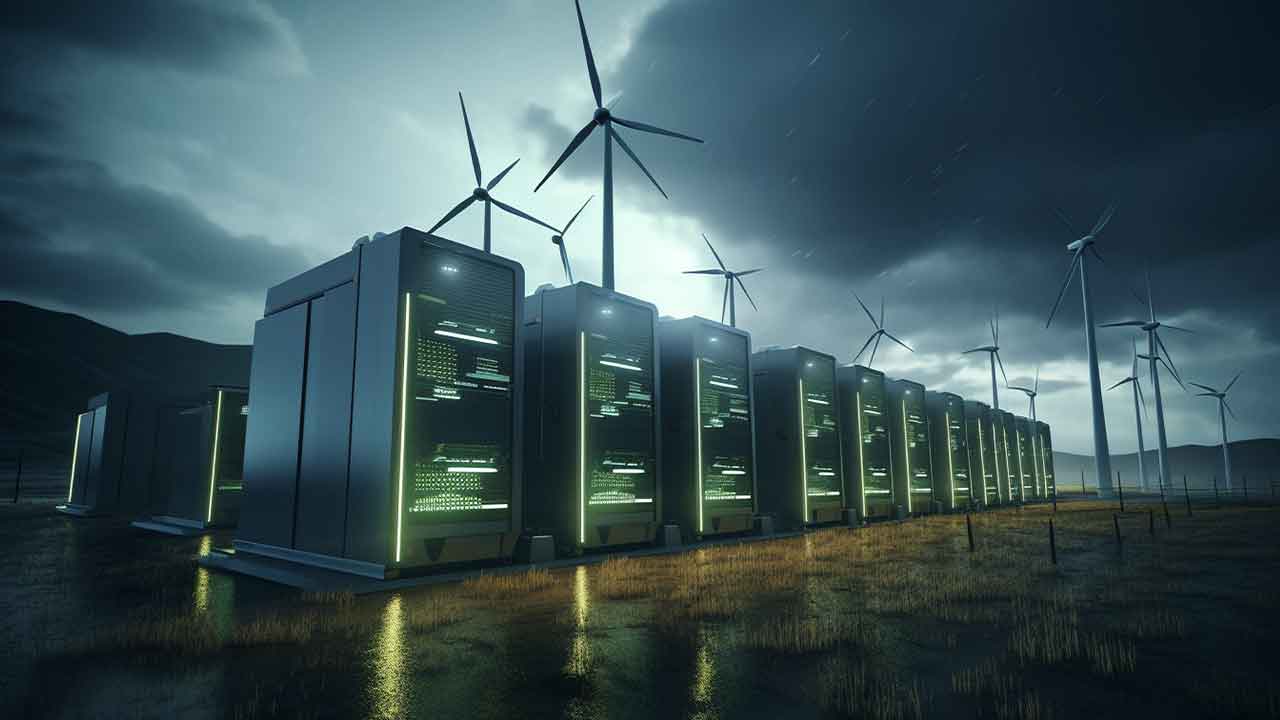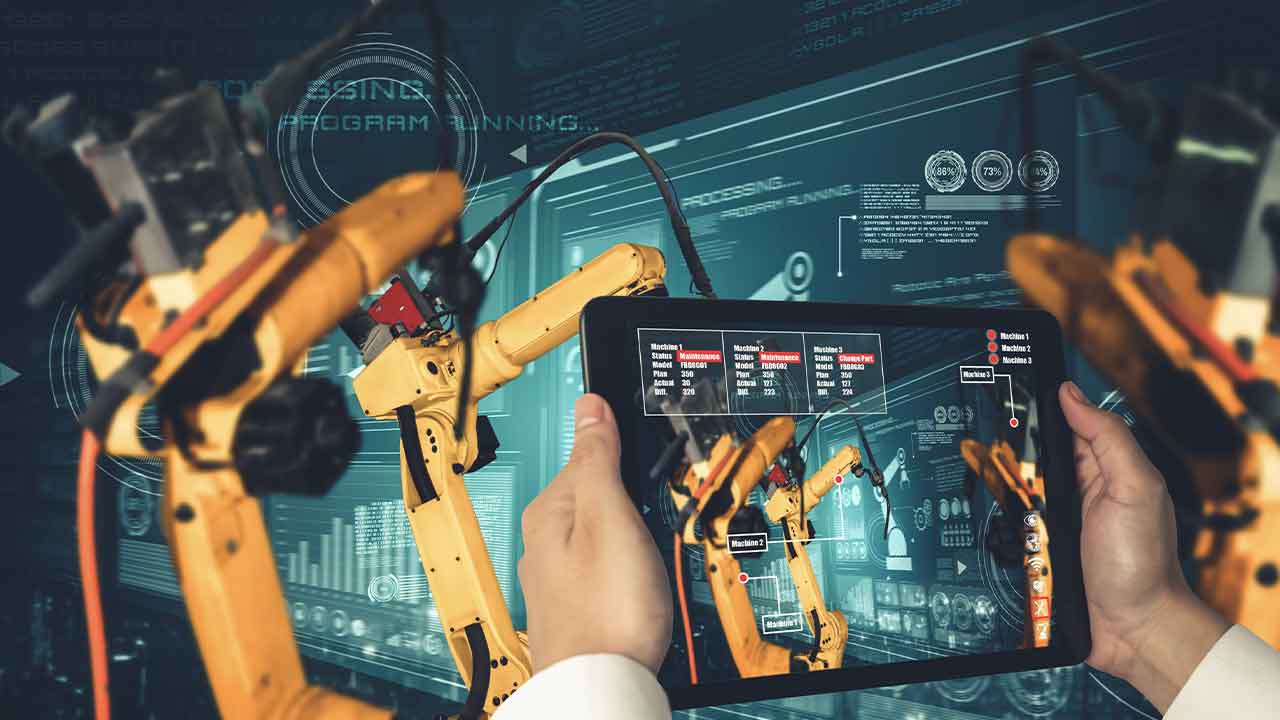Standardizing Interoperability in Energy Storage Technologies
Energy storage technologies are at the heart of the renewable energy revolution, providing critical flexibility, stability, and efficiency to power systems. However, as the adoption of energy storage systems (ESS) accelerates, the lack of standardization in interoperability has emerged as a major barrier to scaling these solutions. Without seamless communication between diverse storage technologies, grids, and operational systems, stakeholders face inefficiencies, high costs, and constrained innovation. Standardizing interoperability in energy storage technologies is essential to address these challenges and unlock the full potential of ESS.
The Importance of Interoperability
Interoperability ensures that energy storage systems, regardless of their technology or vendor, can communicate and function cohesively within a larger energy ecosystem. Key benefits of standardization include:
- Enhanced System Integration: Standardized protocols simplify the integration of ESS with renewable energy sources, smart grids, and other infrastructure.
- Cost Reduction: By reducing the need for custom engineering and proprietary interfaces, standardization lowers deployment and maintenance costs.
- Scalability: Interoperability facilitates the seamless expansion of energy storage systems, allowing utilities to adapt to growing demand without re-engineering existing setups.
- Innovation Enablement: Standardized systems create a level playing field, encouraging competition and innovation among technology providers.
Current Challenges
Despite its importance, achieving interoperability in energy storage technologies is fraught with challenges:
- Diverse Protocols and Standards: Different vendors use proprietary communication protocols, making cross-system integration complex and time-consuming.
- Legacy Systems: Older infrastructure often lacks compatibility with modern ESS, creating additional barriers to integration.
- Lack of Industry Consensus: The absence of unified standards slows progress, as stakeholders prioritize their own technologies and approaches.
Pathways to Standardization
- Adopting Open Standards
- Open standards like OpenADR and IEC 61850 enable communication across diverse systems by providing common protocols for data exchange and control.
- Encouraging vendors to adopt these standards ensures compatibility and simplifies integration.
- Collaborative Industry Efforts
- Collaborative initiatives such as consortia and working groups can drive consensus on standards and promote widespread adoption.
- For example, international organizations like IEEE and IEC are working to define frameworks for energy storage interoperability.
- Incorporating IIoT
- Industrial IoT (IIoT) technologies play a crucial role in bridging communication gaps. By leveraging IoT platforms, stakeholders can integrate disparate systems and gain real-time visibility into storage performance.
- Regulatory Support
- Policymakers must mandate the adoption of interoperability standards as part of energy storage and smart grid regulations. Government incentives can further accelerate standardization efforts.
Real-World Examples
- Utility Interoperability Projects: Utilities like Duke Energy are exploring tools and frameworks to evaluate different ESS technologies and ensure compatibility with existing grid systems.
- European Standardization Initiatives: European countries are leading efforts to establish common information models for energy storage, integrating vendors and utilities into a cohesive framework.
- Open Source Platforms: Open-source software solutions are gaining traction, allowing developers to create interoperable systems that benefit all stakeholders.
The Road Ahead
Standardizing interoperability in energy storage technologies requires a concerted effort from vendors, utilities, policymakers, and technology providers. By prioritizing collaboration and adopting unified standards, the energy sector can overcome integration challenges, reduce costs, and drive innovation. In doing so, stakeholders will enhance energy storage systems’ performance and contribute to the broader goals of decarbonization and energy resilience.
Interoperability is no longer a luxury but necessary for scaling energy storage systems in the modern energy landscape. Standardization provides the foundation for efficient, cost-effective, and innovative solutions that empower stakeholders to meet the growing demands of renewable energy integration. The journey toward interoperability will require alignment across the industry, but the rewards—from streamlined operations to enhanced grid stability—make it imperative for the future of energy.
Related articles:



